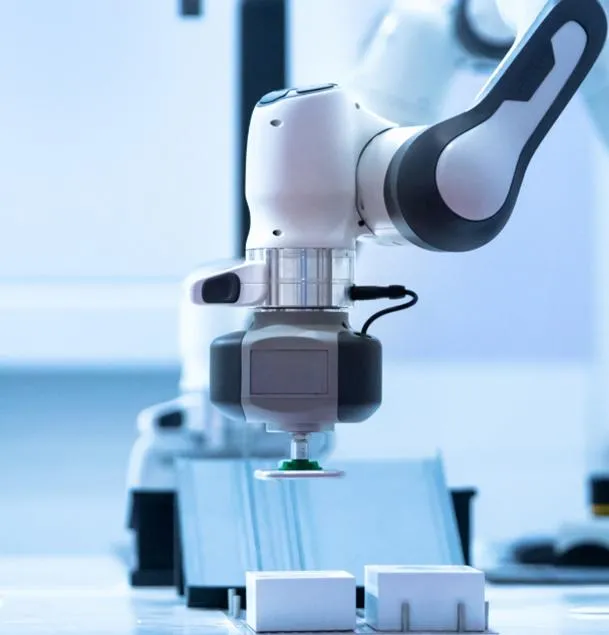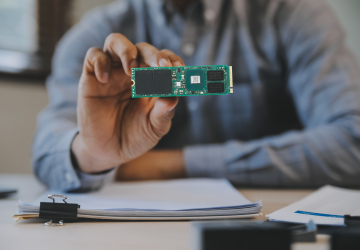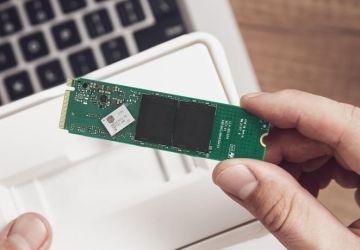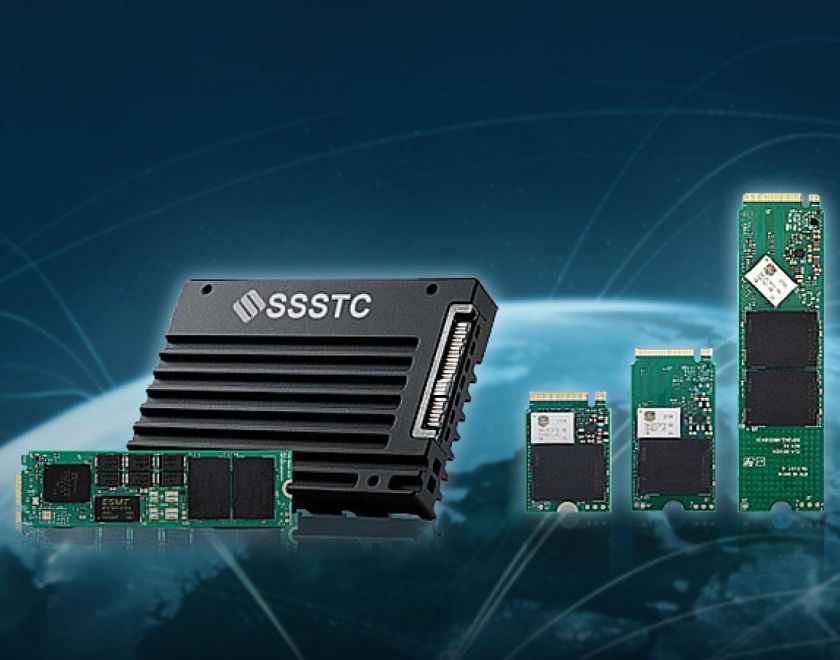Understanding Wear Leveling and TRIM: Principles and Importance
In the realm of solid-state drives (SSDs), Wear Leveling and TRIM are crucial concepts that contribute to their performance, longevity, and overall efficiency. This article aims to explore the principles and significance of Wear Leveling and TRIM instructions, shedding light on their essential roles in SSD technology.
Wear Leveling is a technique employed by SSDs to evenly distribute write and erase operations across memory cells. This mechanism ensures that no specific cells are excessively worn out due to repeated read-write cycles, thereby extending the lifespan of the SSD.
How Wear Leveling Works
Wear Leveling algorithms operate by dynamically mapping logical block addresses to physical addresses within the SSD. When a write request is received, the algorithm distributes the data across different memory blocks, aiming to evenly utilize all available cells. By evenly spreading out the workload, Wear Leveling minimizes the accumulation of program/erase cycles on any specific memory cells, effectively mitigating premature cell degradation.
Importance of Wear Leveling
l Enhanced Lifespan: Wear Leveling significantly extends the lifespan of SSDs by preventing certain memory cells from being overused, which can lead to early wear-out and data loss.
l Improved Performance: By distributing write operations evenly, Wear Leveling helps maintain consistent performance levels throughout the SSD's lifespan, preventing degradation and ensuring efficient data access.
l Data Reliability: The even distribution of write/erase cycles minimizes the risk of individual cells failing, reducing the probability of data corruption and enhancing overall data integrity.
TRIM is an essential feature of modern SSDs, designed to optimize their performance by proactively managing data storage.
How TRIM Works:
When a file is deleted or overwritten on a traditional hard disk drive (HDD), the operating system marks the corresponding space as available. However, SSDs handle data differently. When a file is deleted on an SSD, the TRIM command informs the drive that the associated data blocks are no longer in use. As a result, the SSD can proactively erase those blocks and mark them as empty, making them available for future write operations. This preemptive action ensures that the SSD can operate at peak performance when new data needs to be written, eliminating the need for time-consuming erase-before-write operations.
Importance of TRIM:
l Performance Optimization: TRIM helps maintain the performance of SSDs by enabling them to efficiently manage available storage space. By freeing up blocks that are no longer in use, the SSD can operate at its best, minimizing write amplification and avoiding performance degradation.
l Long-Term Efficiency: TRIM reduces the frequency of write operations required for future data storage, prolonging the SSD's lifespan and maintaining its performance over time.
l Garbage Collection Efficiency: TRIM assists in garbage collection processes, enabling the SSD to reclaim unused blocks more effectively. This, in turn, helps improve the drive's efficiency and reduces the impact of write amplification.
Wear Leveling and TRIM are two fundamental concepts in SSD technology that play vital roles in maintaining performance, reliability, and longevity. Wear Leveling ensures the even distribution of read-write cycles, preventing premature cell degradation, while the TRIM command optimizes performance and prolongs the SSD's lifespan by efficiently managing storage space. Understanding and implementing these principles in SSDs is crucial for harnessing the full potential of this advanced storage technology.
For example, the CL4 Series PCIe® M.2 2280 SSD is a product that utilizes these advanced techniques. This SSD is designed for high-performance users who have stringent requirements for reliability. Through the professional implementation of Wear Leveling and TRIM, the CL4 Series PCIe® M.2 2280 SSD not only guarantees consistent high performance but also enhances the product's lifespan.
If you would like to learn more about the CL4 Series PCIe® M.2 2280 SSD, you can connect to the product introduction. There you will find more detailed information and specifications about this product, and further understand how it fully leverages advanced technologies like Wear Leveling and TRIM to deliver exceptional performance.
SSSTC provides the best quality, competitive cost mainstream storage products with superior customized service.Contact us to find more enterprise SSD or industrial SSD solutions.


__24C05D67dI.webp)
__24C15hqqtC.png)
__24C15wOdCC.png)









__24C05XQ2my.jpg)







__24C05fplcZ.png)
__24C05vgHYC.png)



